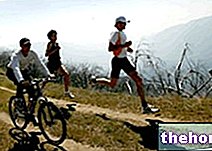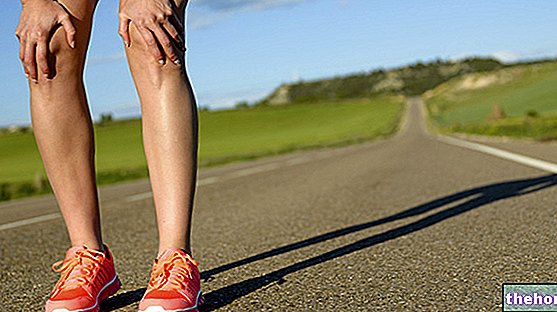
The fact is that, being composed of two different muscles (gastrocnemius and soleus), with a different quantity and ratio of fibers, the triceps of the sura performs different functions:
- Maintainer of the statics: the continuous oscillations of the antero-posterior body make it possible for the leg muscles to intervene in maintaining balance, especially in the anterior imbalances;
- Plantar extension: and here we must make a distinction. In the first degrees of angulation, those necessary for the walking function or even for slow running, the soleus participates above all; from there to full extension, on the other hand, the gastrocnemius intervenes, which allows actions such as getting on tiptoe, jumping, sprinting.
The soleus, more internal and visible laterally, is equipped with a large number of red fibers; the gastrocnemius, which would be the high calf, has (proportionally) a greater number of intermediate and fast fibers.
In general, however, nature does not require the calf to develop a lot of strength, much less does it require short, intense stresses - typical of light fibers.
The muscles "most hated" by bodybuilders therefore mainly perform a work of duration and with a very low activation threshold. In walking, for example, these muscles are activated all the time and do not claim pain or burning, except in the evening when you return home to rest.
Therefore, their training cannot be separated from long-lasting activities with minimal resistance. This does not mean that performing calf with large overloads is wrong, but simply that we should also associate different protocols with them. The bodybuilder will therefore become an excellent walker.
or walking uphill with high slopes. Lucky subjects who sometimes experience a deep burning solicitation in the calves especially in the squat test. In this case these muscles will already receive enough stress, albeit non-specific, so you could add no more than 3-4 sets at medium load and repetitions contained in 30-45 seconds.For everyone else, the work should involve a combination of timed exercises, then long series of at least 60-90 seconds with slow and controlled cadences and rest breaks within 30-60 seconds, with exercises with low rep and high loads but flawlessly executed. The degree of flexion useful for these exercises will be from 90 ° (resting position) to increase; vice versa, timed work requires maximum excursion, reducing the initial angle to the maximum extension of the ankle joint.
If you have ever looked closely at ballet dancers, you will notice that they have well developed calf muscle bellies. They certainly can't be compared to those of professional bodybuilders, but let's get the message out. They always solicit lifting on toes for up to 3-5 hours a day between exercises and choreographies; this makes us understand, therefore, that if these muscles are stressed for resistance, they have the possibility of hypertrophying because they adapt to the imposed loads.
It is true that the fibers that have greater growth capacity are the white ones and the intermediate ones, but also the red ones can do it, albeit in a different way.
The following, on the other hand, could be considered a promiscuous method, which respects the principles of one and the other stimulus:
- standing calf 5 sets of 25-35 slow repetitions and maximum rest 45 seconds
- seated calf 5 sets of 20-25 slow repetitions and rest between sets of maximum 45 seconds
- 3 sets of static toe posture for at least 60 seconds and rest for 60 seconds
Every week it would be advisable to increase the workloads as it is normally done for the other muscle groups and create a continuous and constant progression over time, within the limits of course.
Such a training program could also, for the first time, force you to not be able to walk well from the pain that is felt in the following days. Maybe inserting it a second time during the week; one day with training for the lower limbs and a second time, with at least 2-3 days of recovery, with other muscle groups.
Calf training will always be the subject of debate among insiders but at least this type of approach is the one that marries the nature of these muscles a little more. Be good. It's worth a try.
in the pelvic diaphragm and allows a very limited retroversion of the pelvis.The flexion of the bust is borne by the hip flexors which are mainly the rectus femur and the iliopsoas which, as previously explained, if not explicitly requested should not be trained with overloads.
The abdominal muscles and the whole trunk help us to stabilize the body in important movements; the abdomen, therefore, receives the right stimulus from almost all the important exercises.
, so sets of 45-60 seconds can stimulate them adequately.
The six-pack talk is simply a matter of body fat percentage; so there would be more to worry about diet than training.
If you practiced functional training exercises, therefore also stability training, you would realize that, even without performing specific abdominal wall exercises, the following day it would become inevitable to experience a pain in the abdominal muscles.
Just think of a "simple" pusch-up exercise (push-ups), to understand that what keeps the trunk raised is the isometric and therefore stabilizing contraction of the abdominal muscles, including the hip flexors.
Therefore it would be advisable to always work the abdomen in a functional way with exercises such as stabilization of the trunk and insert, at most, 2-3 sets of floor crunches with chest load for 45-60 seconds in the training schedule of the lats, biceps and high back.
C "is also to be acknowledged that often the weakness of the abdominal muscles can lead to an increase in the lumbar curve; in this case the specific work (always crunch or similar) could become" corrective "but certainly not to reduce the fat around the waist, as many believe.

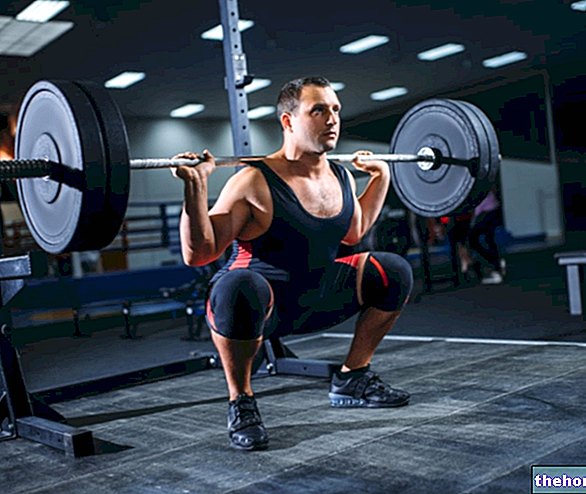
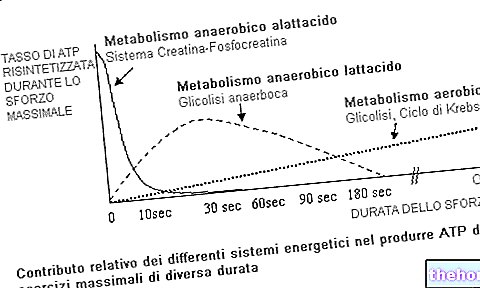
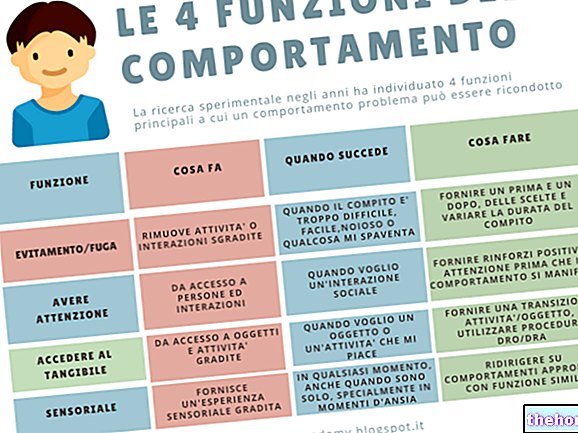
.jpg)
